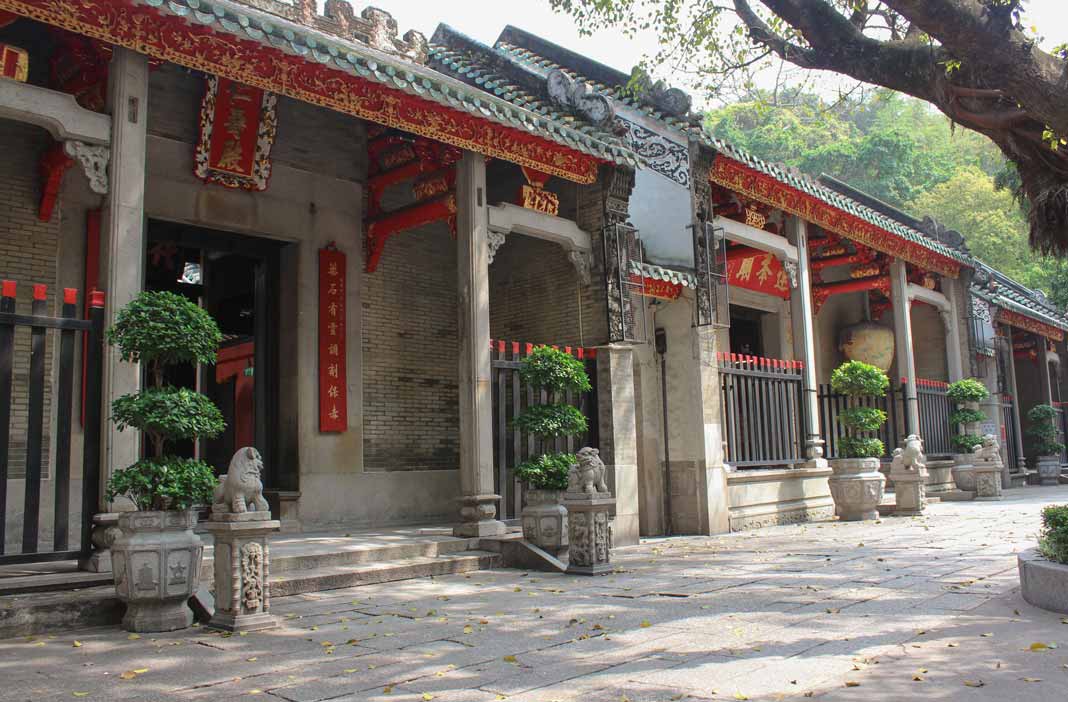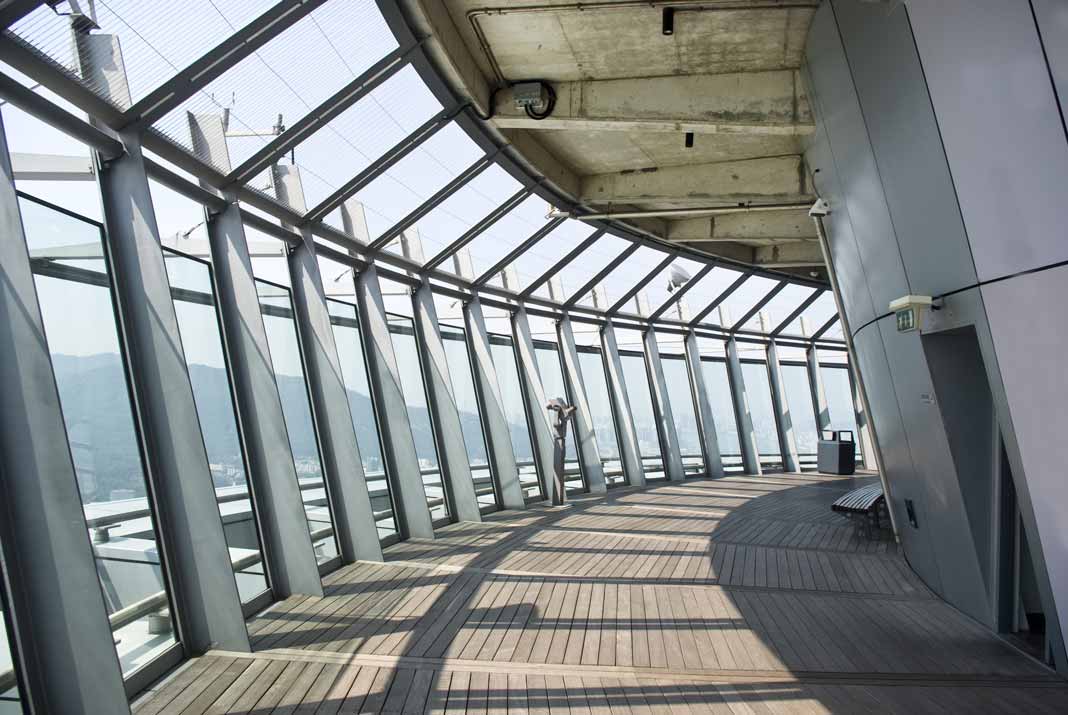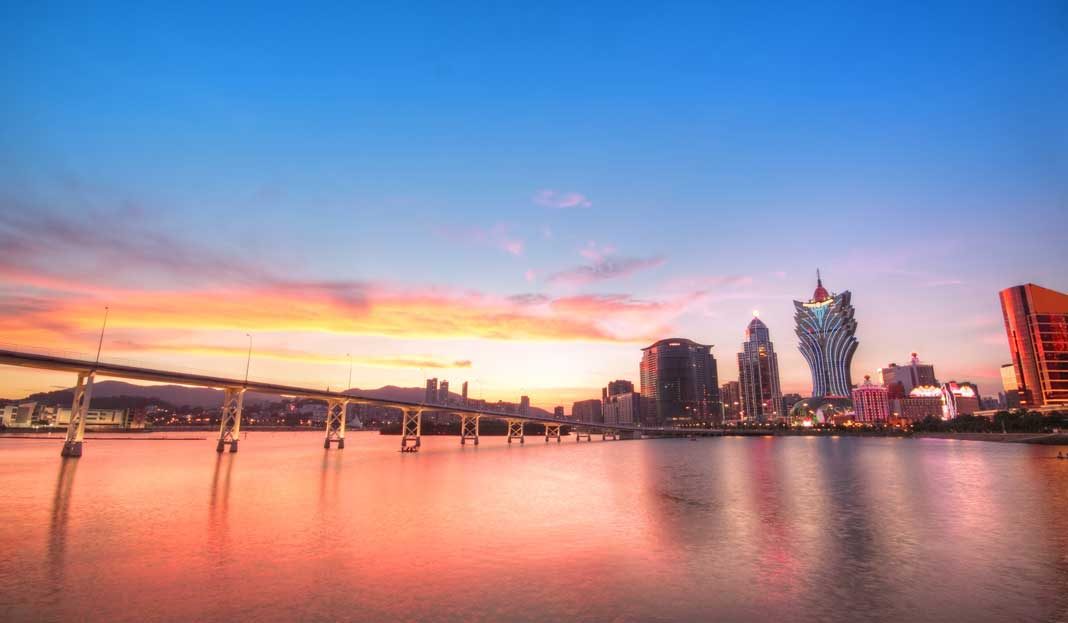Macau, a glittering city on the south coast of China, provides a unique blend of cosmopolitan dazzle and ancient culture. Grand casinos and historic temples both fill the streets. You’ll find Old ruins in the middle of an artsy neighborhood. Everything is interwoven with a unique colonial history as Portuguese tiles line pavements, and Portuguese words name the different streets. Nature is unique as well with the old center located on a peninsula, and beautiful village beaches found not far from the city. The culture of Macau is tied up in the fascinating history that created its vibrant modern atmosphere.
Table of Contents
History of Macau
Portuguese colonies occupied Macau for over 300 years. When they arrived in the 1500s, the culture of Portugal took over the foreign land of China through architecture, religion, cuisine, art and community. These influences are still prominent today. The landscape and the cityscape do not naturally fit together, and yet this unique combination of China and Portugal has created the beautiful essence of Macau. Since 2005, its historic center has been a UNESCO World Heritage Site. This city literally orientates around its history.
What to witness
One of the clearest examples of both eastern and western influence is in the architecture of the city. And, most prominently, in the religious buildings of Macau. European style churches and classic oriental temples are hosting both Chinese and Portuguese cultures.
The Lin Fung Temple is built in the 16th Century and is one of the most impressive in Macau. Lion statues guard the temple, and it contains a decorated courtyard, a lotus pond, and elaborate main hall. There is also a dominant granite statue of Commissioner Lin Zexu, who frequently visited the temple, which stands at the height of six foot. Its name means the Temple of Lotus, and it is a beautiful, cultural landmark of Macau.
Some religious monuments encapsulate both east and west cultures at the same time. The statue of the Bodhisatta Avalokitesvara is one of an important Chinese goddess, located between two major casinos. It has its base on the Virgin Mary of Christianity, and its design is distinctly European.

There are also various museums in the city. One of the main ones is the Macau Museum, which outlines the ages of the area, from ancient Chinese civilizations to Portuguese colonization and up to modern day culture. But if you’ve had enough of local history by this point, there is always the Wine Museum and Grand Prix Museum.
Although heritage sites are dominant in Macau, the city is more known in modern times for its glamorous urban lifestyle – clubs, casinos, and a non-stop nightlife. That’s why one of the best views to witness is just walking the evening streets and embracing the fascinating city lights. For the most spectacular show, head towards Cotai. Here, you can see the largest casino in the world, a major and shining landmark of the present day – The Venetian.
What to experience
A gambling center of the country, Macau is familiar as “the Vegas of China”. So embrace the modern culture and try out your luck at any of the many, many casinos. Some of the most famous include Casino Lisboa, the new Sands Casino, and the Crown Macau. Like Vegas, there are some large casinos and some smaller ones. For the biggest casinos, head to the waterfront, and you’ll find it hard to miss them. You can find the quieter ones to the north of the district. This is also a great place to taste some excellent national cuisine at the local restaurants. There are also numerous Indian and Portuguese places to enjoy.
In such a massive city, you might find it a struggle to grasp the authentic culture. However, one of the best places to experience the local artistic culture is on the Rua da Tercena. Here you will find few tourists and lots of hidden gems. There is always a market on, ranging from pop art to antiques to cheap flea stalls. It’s also behind one of the most beautiful churches in the city – St Paul’s.

Want an adrenaline-rush-filled Macau experience? Head up the 233 meters high Macau Tower and do a bungee jump off the top! Terrifying, incredible, exceptional – whatever your feelings about it are, it’s the second largest jump in the world, offering you a real once in a lifetime experience. For those who are less into jumping off a building, there is also the safer Skywalk. This is a platform around the outer perimeter atop the tower with a width of 1.8 meters, that is winding in circles.
How to get around Macau
Macau can be quite intimidating to access. Until recently, Hong Kong was the nearest destination to fly to. Now, various airlines are flying to the city airport directly. However, still, the most popular way to enter is by boat. The main terminal is in the outer harbor and accessible by local bus. There is also a coach service from one of China’s biggest cities, Guangzhou, a 3-hour journey away.
In the center of Macau, you can get around by foot. The peninsula is relatively small, and all the major landmarks are condensed together. It is also the best way to travel and the only way to soak up the unique atmosphere of the tiny history alleyways and streets.
If you go south of Macau to the coast, you can discover small old colonial villages resting on beautiful beaches. You can hike the coastline and enjoy the stunning natural beauty of the area with its surrounding islands. Macau has it all – history, nature and a buzzing city life. If you are visiting China, be sure to discover this wonderful city for yourself. Although bigger cities of the country might overlook Macau with European influences, busy streets, new developments, hidden local culture and historic architecture, you can’t deny it. There is something distinctly unique about Macau.




